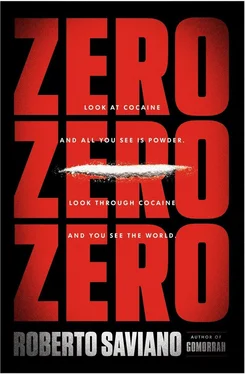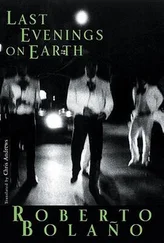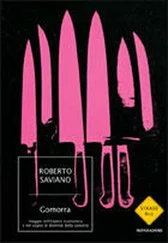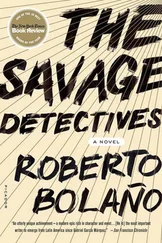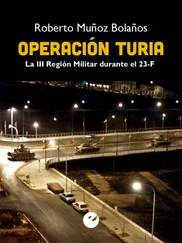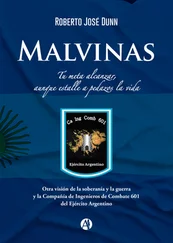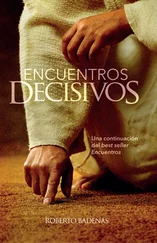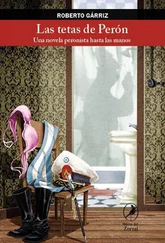For El Barbas, a Christmas party is not a Christmas party if there’s no entertainment. Money was no object, so he invited artists such as Los Cadetes de Linares and Ramón Ayala, winner of two Grammy Awards and two Latin Grammys with over a hundred albums, to play at his house in one of the most exclusive neighborhoods of Cuernavaca. Plus twenty or so call girls. The Mexican navy’s special forces surrounded the building. The shoot-out left several bodies on the ground, but not Arturo’s; he managed to escape. The Mexican navy was on his trail, though, and they found him less than a week later, in another residential neighborhood. Determined not to let Arturo escape again, the navy decided to do things big: two hundred marines, two helicopters, and two small army tanks. The battle lasted nearly two hours, and when it was finished, Arturo and four of his men were dead. The photo of his corpse made the rounds on the Internet: His pants lowered to show his underwear and his T-shirt rolled up to show his naked chest covered in lucky charms and bills, dollars as well as pesos. One last humiliation for the enemy. The army denied it had touched his body, but there was a strong suspicion that the humiliation techniques so dear to new cartels such as Los Zetas and Beltrán Leyvas themselves were contaminating the very men paid to eliminate them. The army and the narcos were becoming more and more alike.
Vengeance came immediately after Arturo Beltrán Leyva’s death: Four relatives of one of the soldiers who lost his life in the operation were killed. Meanwhile, a decapitated head was left in front of Arturo’s tomb, in the Jardines del Humaya cemetery in Culiacán. Arturo’s brother Carlos Beltrán Leyva was arrested about ten days later by the Mexican federal police in Culiacán: He had shown a fake driver’s license when the police stopped him. Some people held that it was El Chapo again who provided the police with information that led to Carlos’s arrest.
After Arturo’s death, a civil war over leadership broke out within the cartel: On one side were lieutenants Edgar “La Barbie” Valdez Villarreal and Gerardo “El Indio” Álvarez Vázquez; on the other, Héctor Beltrán Leyva, El H, and his right-hand man, Sergio Villarreal Barragán, a former Mexican federal police agent, known as El Grande or King Kong, because he was over six feet five. All but Héctor were arrested in 2010; El H took the reins of what remained of the cartel. The United States had put a price on his head of $5 million, and the Mexican government was offering 30 million pesos. Héctor was a sort of financial genius; after years of anonymity he succeeded in controlling the group, thanks to his business talent and his ability to maintain good relations with his new allies, Los Zetas.
But the race was soon over for him too. On October 1, 2014, Héctor was arrested in San Miguel de Allende, Guanajuato. He was enjoying dinner at a seafood restaurant together with the financial operator of his cartel when the special forces of the Mexican army swooped in. Though he initially passed himself off as a refined businessman and artwork trader, he and his tablemate were carrying pistols exclusively issued to the military. But confirming his proverbial elegance, he let them handcuff him without resisting.
Héctor was the last of the Beltrán Leyva brothers still at large. After his arrest the Mexican authorities believe the cartel will lose most of its influence on the country. But thrones do not remain empty for long in the narco-trafficking world. The real question is: Who will be the new leader?
The war between the Beltrán Leyvas and their old Sinaloa partners not only devastated Culiacán and Sinaloa, it has made its way to the United States, to Chicago, where the twins Margarito and Pedro Flores, two Americans with Mexican roots, operated. Their fleet of trucks connected Los Angeles to cities in the Midwest twenty-four hours a day, seven days a week. They were serious, efficient distributors. They guaranteed their customers two tons of coke and heroin a month, from the border all the way to the shores of Lake Michigan. But they were greedy: They worked with the Sinaloa cartel, but they didn’t disdain working with the Beltrán Leyvas either. When El Chapo found out, he sent some men to Chicago to keep his distribution monopoly from being put at risk by rival cartels. At the same time that the Flores twins were receiving threats from Sinaloa, the DEA set its sights on them. They were arrested in 2009. In part thanks to the testimonies of Margarito and Pedro, who turned informers, the Americans were able to add a few more pieces to the complex puzzle of El Chapo’s and the Beltrán Leyvas’ movements.
A few months earlier the U.S. government had delivered another blow to the king of Sinaloa by arresting 750 members of his cartel in the United States. An army. American presidents don’t talk much about it, but there are entire legions of narcos within their borders. During the twenty-one months of the operation, more than $59 million in cash, more than 12,000 kilos of cocaine, more than 7,000 kilos of marijuana, more than 500 kilos of methamphetamine, about 1.3 million ecstasy pills, more than 8 kilos of heroin, 169 weapons, 149 vehicles, 3 airplanes, and 3 boats were seized in various states, from the East to the West coasts. An enormous success but a worrisome one, for its very scale was alarming. The American authorities looked the Sinaloa cartel in the eye, and what they saw was a multinational corporation with connections and branches all over the world, on whose boards sat supermanagers handling relations in every corner of the planet. Narco executives on Sinaloa salaries acted as contact points in numerous South American countries. And El Chapo was well along in conquering western Africa and making inroads in Spain.
For El Chapo, total domination over the 370 or so miles of border between Mexico and Arizona was the flywheel of his personal economy. He followed the market: When the demand for hielo —crystal meth — surged, he was there. A terrible drug — it costs less than coke and eats you up sooner. When you overdo it you start feeling the parasite effect: worms crawling under your skin. So you scratch yourself raw trying to cut open your flesh to get rid of them. It’s the side effect of a drug that otherwise has the same effect as coke, only bigger and worse. Request for it was on the rise, but there was no boss, no one who knew how to transform an opportunity into a river of money. El Chapo saw the opportunity; the Sinaloa cartel was ready. And he had the right man to manage the new business: Ignacio Coronel Villarreal, who became the King of Crystal. All you need to produce methamphetamine are clandestine labs and the right chemical substances. If you have good contacts on the Pacific coast, it’s not hard to get precursor shipments from China, Thailand, and Vietnam. And it’s very profitable: For every dollar you invest in raw materials, you’ll earn ten on the street.
That is Sinaloa’s great gift: the speed with which it sniffs out every new business opportunity. Sinaloa colonizes. Sinaloa wants to rule. Only Sinaloa.
• • •
El Chapo has a clear vision of today’s world: The West is in trouble; its ideals are in conflict with the market’s iron logic, so it needs lands without laws, lands without rights. Mexico has cocaine and the United States has cocaine users. Mexico has the cheap labor the United States needs. Mexico has soldiers and the United States has weapons. The world’s drowning in unhappiness? Mexico has the solution: cocaine. El Chapo grasped all this. He became the king of the narcos, the Steve Jobs of cocaine, with the mystical authority of the pope. Which is why February 22, 2014, will go down in history, for Mexico and the entire world. On that day, Joaquín Guzmán Loera, El Chapo, the most wanted narco on the planet, was arrested. At 6:40 A.M. in a hotel in the center of Mazatlán, in Sinaloa state. A maxi operation by Mexican marines and in collaboration with the DEA: two helicopters and six land artillery units. But not a single shot was fired. The most dangerous fugitive in Mexico, with a price of $5 million on his head, was hiding out in Sinaloa. Maybe that’s where he’d been for the past thirteen years, hiding in the region that made him what he was, that offered him protection.
Читать дальше
